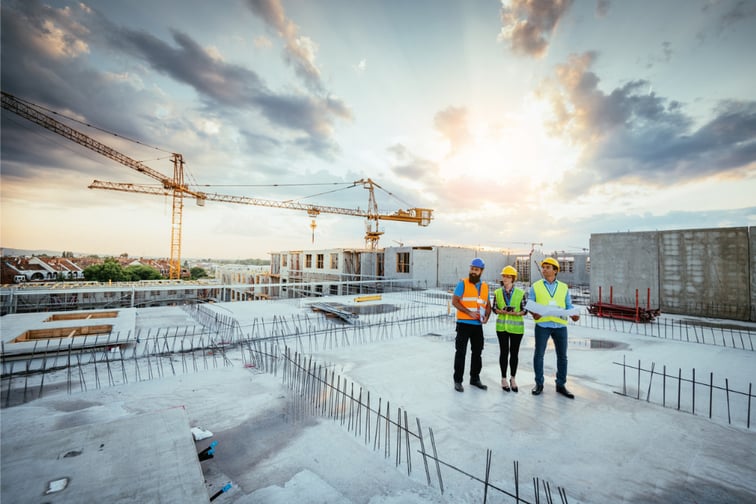

Business interruption/supply chain disruption and natural catastrophes are the top risks for the construction and engineering industry, followed by the energy crisis, according to a new report by Allianz.
The information came in Allianz Global Corporate & Specialty’s (AGCS) Global Industry Solutions Construction Outlook, one of several risk trend briefings for specific sectors.
“Larger values are at risk for companies,” said Bianca Berruguete, global industry solutions director for construction at AGCS. “Construction costs are soaring because of the higher prices for energy and raw materials. Replacement is costing more and taking longer. Materials can also often be unavailable due to logistics, shipping and supply chain bottlenecks. The result is that any property damage and business interruption losses are now likely to be significantly higher than before COVID-19.
“The construction industry is facing a number of challenges such as the prospect of recession, the shortage and rising cost of energy, key equipment and materials given recent high inflation, a spike in procurement costs, ongoing shortage of skilled labour, longer lead times, schedules, and cost overruns, compromised supply chains, ever-changing workplace protocols, and increased competition,” she said.
The energy crisis has contributed to rising costs in the sector, as construction is an energy-intensive economic activity, the report said. However, the crisis could also spur the sector to accelerate its green transformation and adopt more sustainable practices.
The push to reach net zero will help deliver strong growth for the construction sector, but new technologies and greener practices will also bring new risk scenarios, such as potential defects and repetitive loss scenarios or unforeseen safety or environmental consequences, AGCS said.
“The switch to sustainable energy and the adoption of modern building methods will transform the risk landscape, with radical changes in design, materials and construction processes,” Berruguete said. “In order to meet carbon reduction targets, rapid adoption will likely be required, meaning close cooperation between insurers, brokers and clients, to share data and experiences to help underwrite what can be prototypical risks.”
Fire and natural disasters are the top contributors to construction and engineering losses, according to an AGCS analysis of 22,000 insurance claims over five years.
Fire is the most expensive cause of loss, accounting for 275 of the value of the claims analysed. Natural catastrophes made up 19% of claims by value, and were also the most frequent cause.
The report found that construction sites needed to give more thought to the impact of extreme events like wildfires, flash floods and landslides in their risk assessments.
“With climate change increasing the frequency and severity of these events, the costs of property damage and business interruption are expected to escalate,” AGCS said.
Have something to say about this story? Let us know in the comments below.
